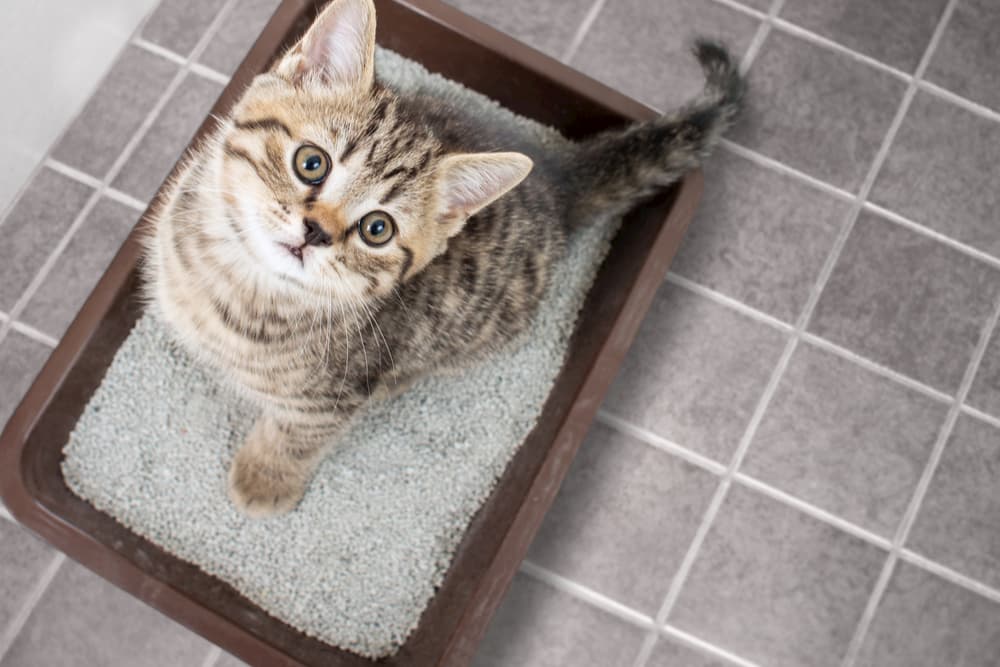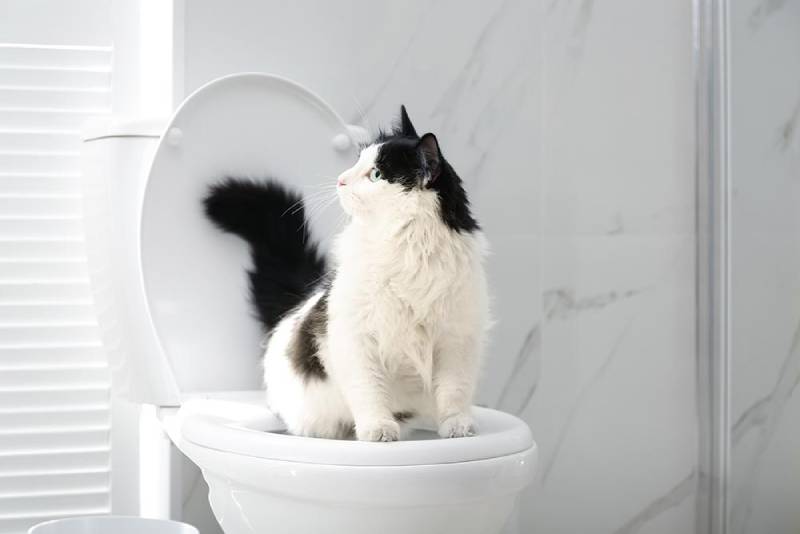Highly-Rated Motives to Refrain from Flushing Animal Waste Down the Toilet
Highly-Rated Motives to Refrain from Flushing Animal Waste Down the Toilet
Blog Article
What're your opinions on Don't Flush Your Pets Poo Down The Loo, Vet Warns?

When it concerns throwing away waste, particularly animal waste, many people frequently turn to the practical alternative of flushing it down the toilet. Nonetheless, this seemingly very easy option can have serious effects for the environment and public health. In this write-up, we'll explore why flushing pet waste down the bathroom is a poor concept and offer alternate techniques for appropriate disposal.
Intro
Correct garbage disposal is important for preserving environmental sustainability and public health. While it may seem safe to flush animal waste down the bathroom, it can result in various issues, both for the atmosphere and human well-being.
Threats of flushing pet waste
Environmental impact
Purging pet waste introduces hazardous microorganisms and microorganisms right into waterways, which can negatively impact marine ecological communities. These virus can contaminate water sources and damage aquatic life, disrupting delicate environments.
Public health issues
Animal waste consists of dangerous microorganisms such as E. coli and Salmonella, which can pose severe wellness dangers to people. Flushing pet waste down the bathroom can pollute water supplies, leading to the spread of conditions and infections.
Alternatives to flushing
As opposed to flushing pet waste down the bathroom, there are several different disposal techniques that are much more eco-friendly and hygienic.
Composting
Composting animal waste is a green way to throw away it. By composting, organic matter is broken down into nutrient-rich soil, which can be made use of to feed yards and plants.
Land fill disposal
Dealing with pet waste in a landfill is one more alternative. While not as eco-friendly as composting, it is a more secure choice to flushing, as it prevents the contamination of water resources.
Pet garbage disposal systems
There are customized pet dog garbage disposal systems offered that safely and hygienically throw away animal waste. These systems frequently use enzymes to break down waste and remove odors.
Actions to proper animal garbage disposal
To guarantee proper disposal of animal waste, comply with these actions:
Scooping and getting waste
Consistently scoop and bag animal waste utilizing biodegradable bags. This protects against waste from infecting the environment.
Using assigned waste bins
Dispose of bagged animal waste in designated waste bins, such as compost bins or land fill containers. Avoid flushing it down the bathroom whatsoever expenses.
Cleaning can and family pet locations regularly
On a regular basis tidy litter boxes and family pet areas to stop the build-up of waste and bacteria. Use pet-safe cleaning items to preserve health.
Advantages of proper disposal methods
Embracing correct disposal methods for pet waste uses several benefits:
Minimized environmental pollution
Proper disposal approaches lower the danger of environmental pollution, safeguarding waterways and environments from contamination
Reduced risk of water contamination.
By staying clear of flushing animal waste down the toilet, the risk of water contamination is considerably lowered, safeguarding public health.
Enhanced cleanliness and hygiene
Correct disposal approaches advertise better cleanliness and health, developing a more secure setting for both human beings and pets.
Conclusion
To conclude, flushing animal waste down the commode is unsafe to the setting and public health. By adopting different disposal approaches and complying with proper waste monitoring practices, we can reduce the adverse effect of animal waste and contribute to a cleaner, much healthier planet.
What To Do With Dog Poo – The Do's And Don'ts Of Disposing Of Faeces
Dog poo bins
Some councils provide dedicated dog waste bins in popular dog-walking areas that can take dog poo that has been bagged but you can legally dispose of dog waste in any public litter bin, as long as it is securely bagged. This also applies to your wheelie bin at home.
Do not flush
Water companies do not recommend flushing dog faeces down the toilet because certain parasites can survive the water processing treatment and are potentially harmful to humans. You should also never consider flushing dog poo that has been bagged down the toilet as the bags will not break down and instead create severe blockages in the sewage system.
In the woods
The Forestry Commission promotes a ‘stick and flick’ method for dealing with waste in the woods. This means finding a stick and using it to flick any poo from off the path so that it is out of the way of other walkers. You could also bury it as long as it is not in an area where there might be livestock.
Livestock
Parasites found in dog poo can be transmitted to livestock if they inadvertently eat infected faeces that has been left on grazing land. This could result in the death of sheep or abortion in cattle so you should always make sure you pick up your dog’s waste in fields where livestock could be present.

On a regular basis tidy litter boxes and family pet areas to stop the build-up of waste and bacteria. Use pet-safe cleaning items to preserve health.
Advantages of proper disposal methods
Embracing correct disposal methods for pet waste uses several benefits:
Minimized environmental pollution
Proper disposal approaches lower the danger of environmental pollution, safeguarding waterways and environments from contamination
Reduced risk of water contamination.
By staying clear of flushing animal waste down the toilet, the risk of water contamination is considerably lowered, safeguarding public health.
Enhanced cleanliness and hygiene
Correct disposal approaches advertise better cleanliness and health, developing a more secure setting for both human beings and pets.
Conclusion
To conclude, flushing animal waste down the commode is unsafe to the setting and public health. By adopting different disposal approaches and complying with proper waste monitoring practices, we can reduce the adverse effect of animal waste and contribute to a cleaner, much healthier planet.
What To Do With Dog Poo – The Do's And Don'ts Of Disposing Of Faeces
Dog poo bins
Some councils provide dedicated dog waste bins in popular dog-walking areas that can take dog poo that has been bagged but you can legally dispose of dog waste in any public litter bin, as long as it is securely bagged. This also applies to your wheelie bin at home.
Do not flush
Water companies do not recommend flushing dog faeces down the toilet because certain parasites can survive the water processing treatment and are potentially harmful to humans. You should also never consider flushing dog poo that has been bagged down the toilet as the bags will not break down and instead create severe blockages in the sewage system.
In the woods
The Forestry Commission promotes a ‘stick and flick’ method for dealing with waste in the woods. This means finding a stick and using it to flick any poo from off the path so that it is out of the way of other walkers. You could also bury it as long as it is not in an area where there might be livestock.
Livestock
Parasites found in dog poo can be transmitted to livestock if they inadvertently eat infected faeces that has been left on grazing land. This could result in the death of sheep or abortion in cattle so you should always make sure you pick up your dog’s waste in fields where livestock could be present.

As a devoted person who reads about 10 Things You Should Never Flush Down The Toilet, I thought sharing that section was worthwhile. Sharing is caring. Who knows, you might be doing someone a favor. I praise you for your time. Come back soon.
Website Report this page